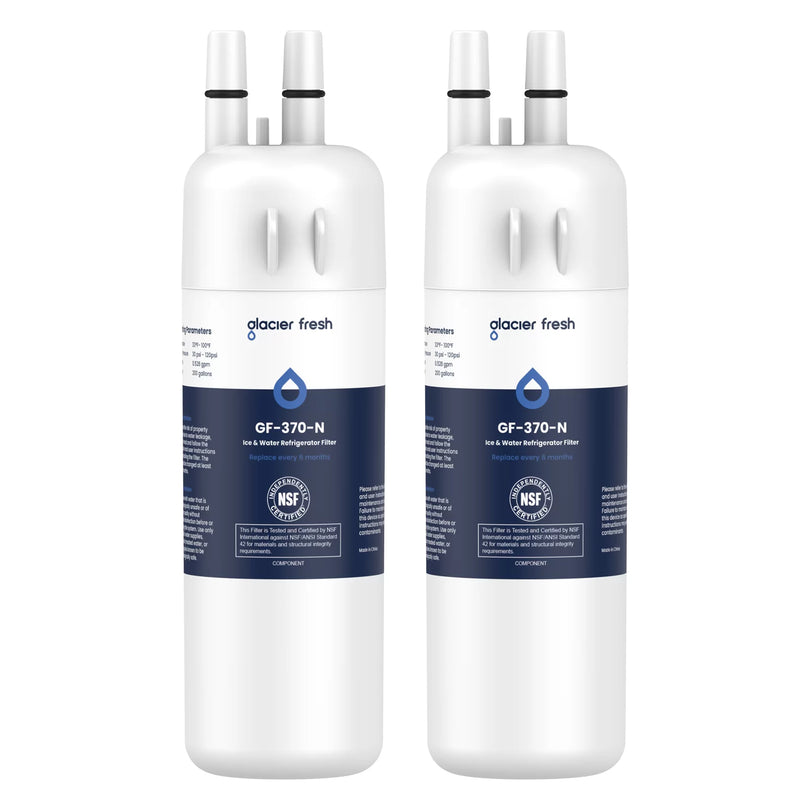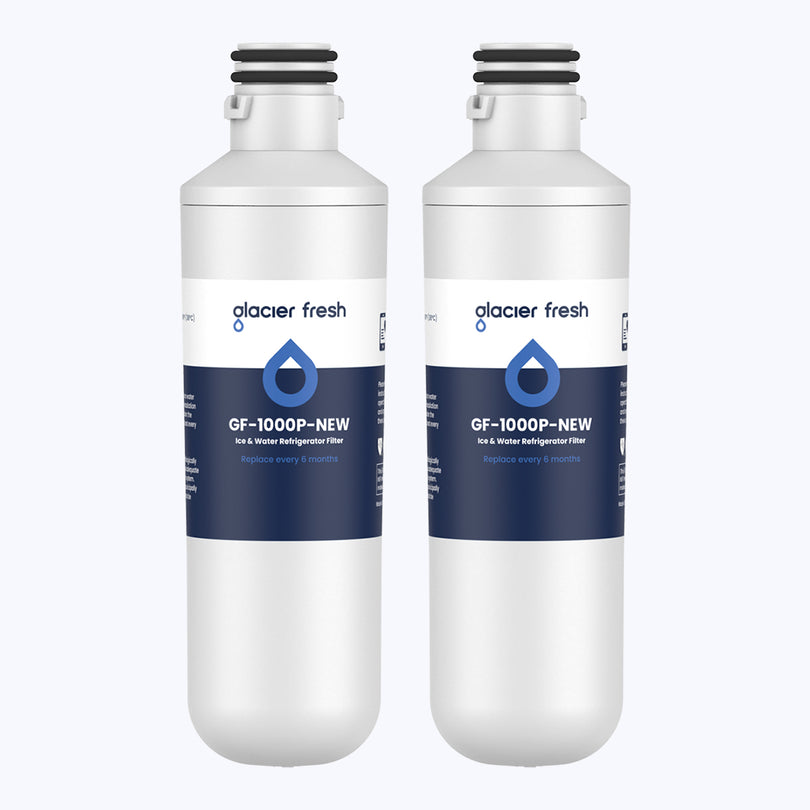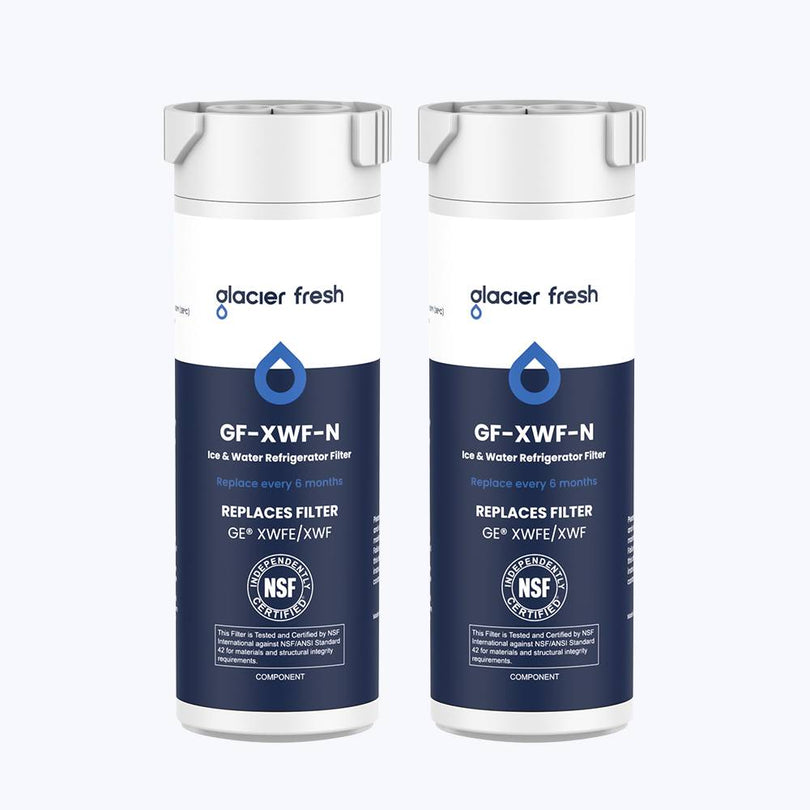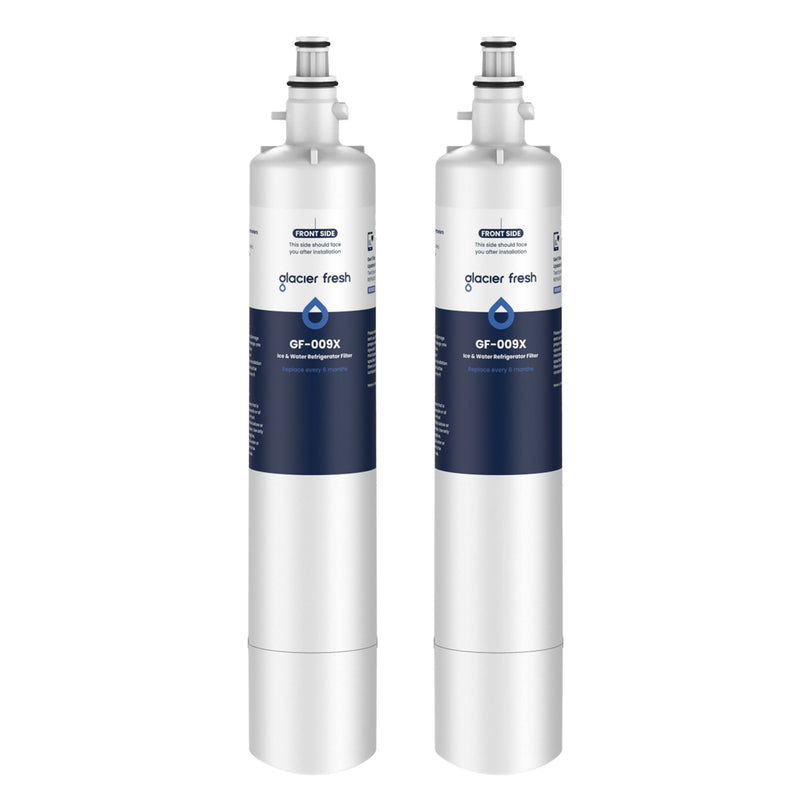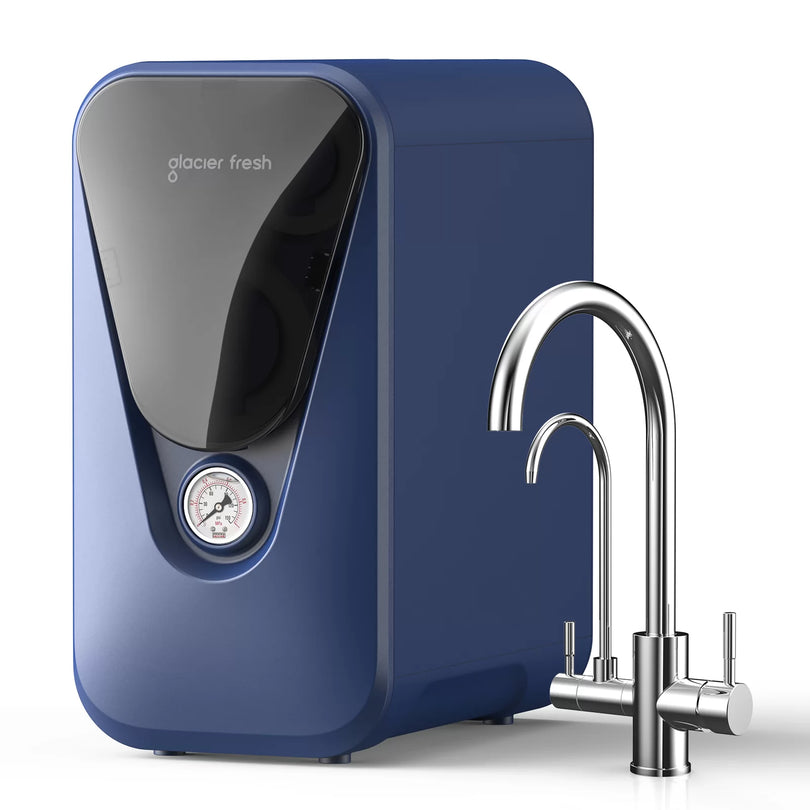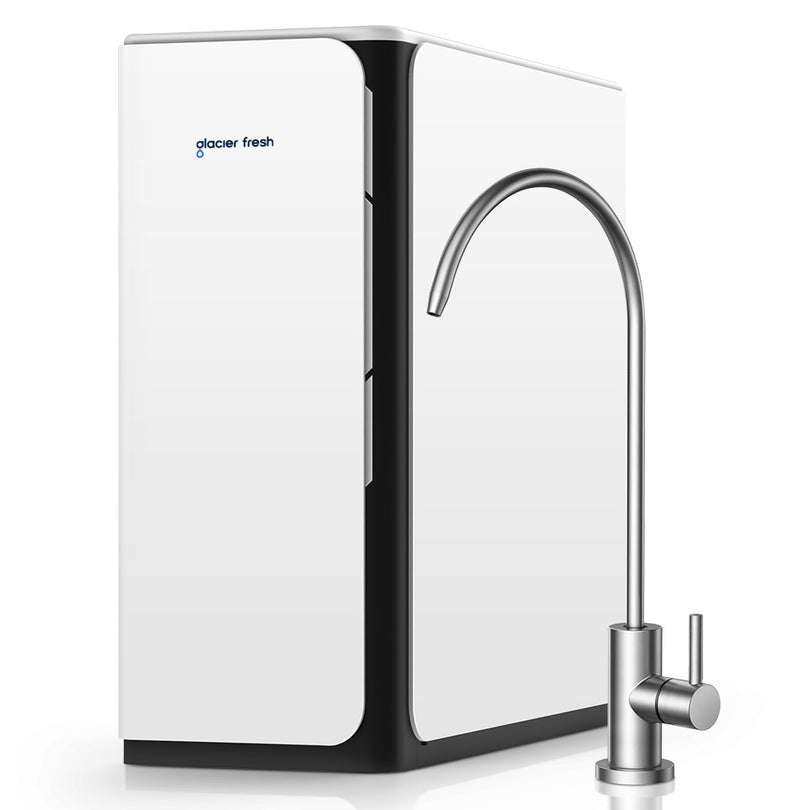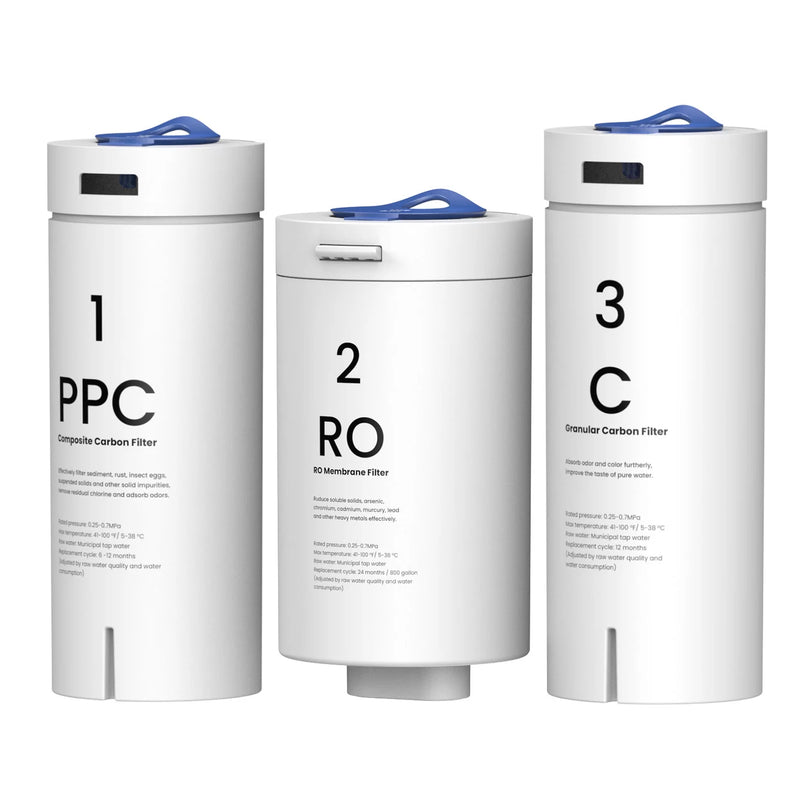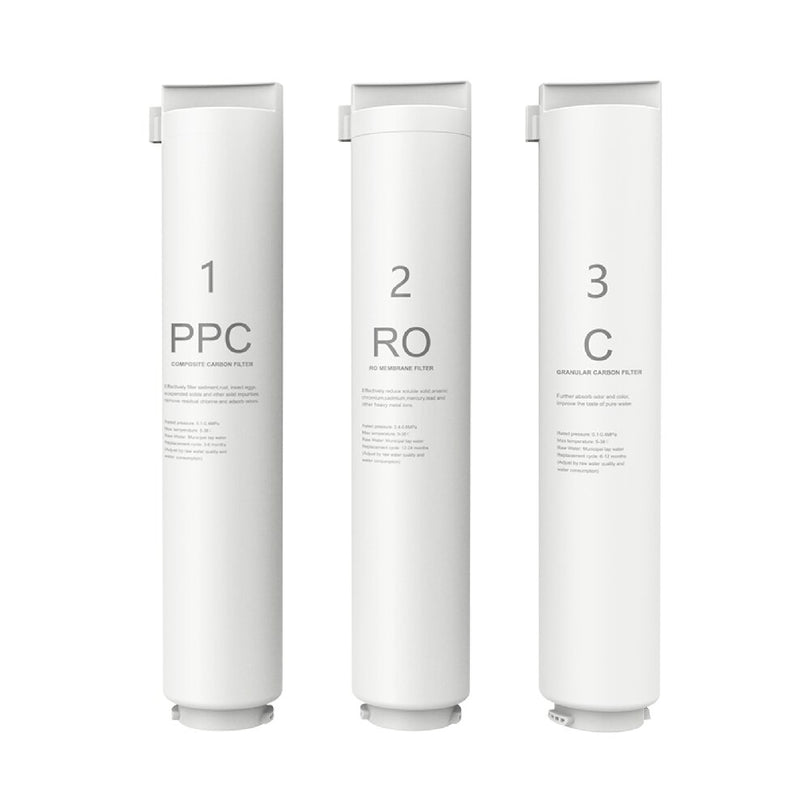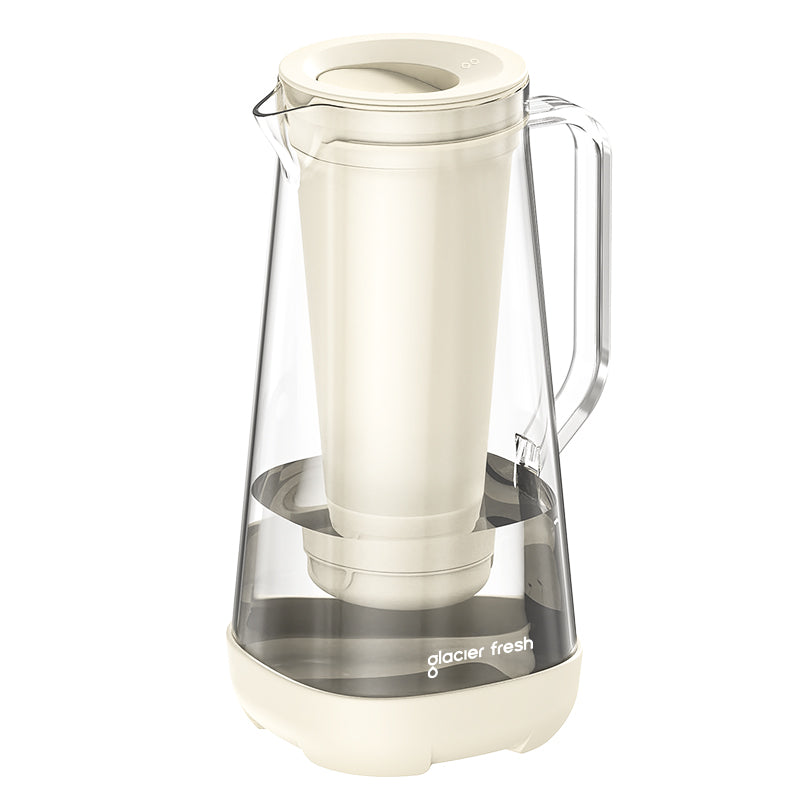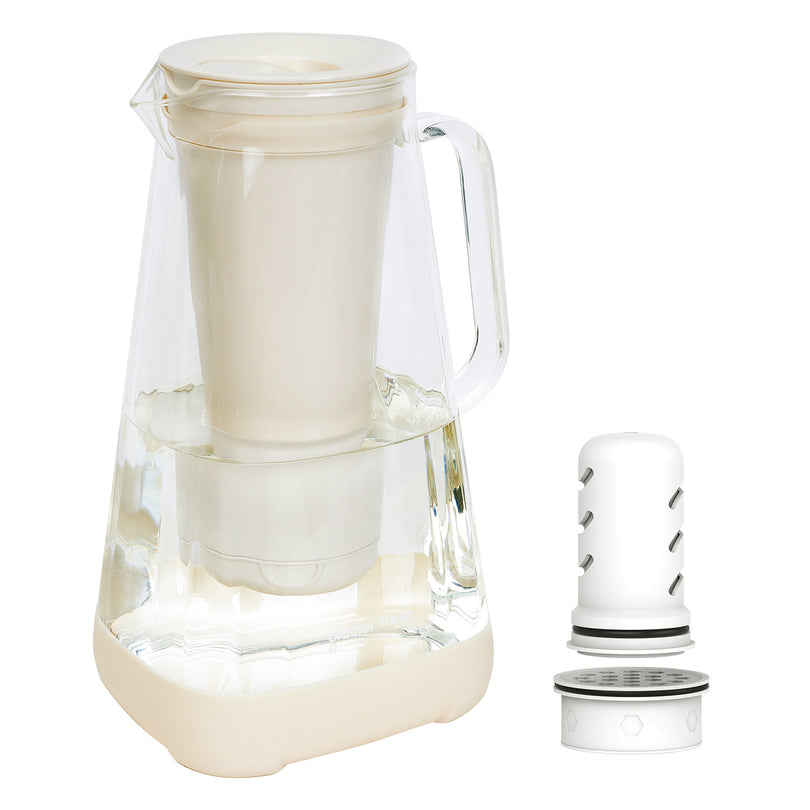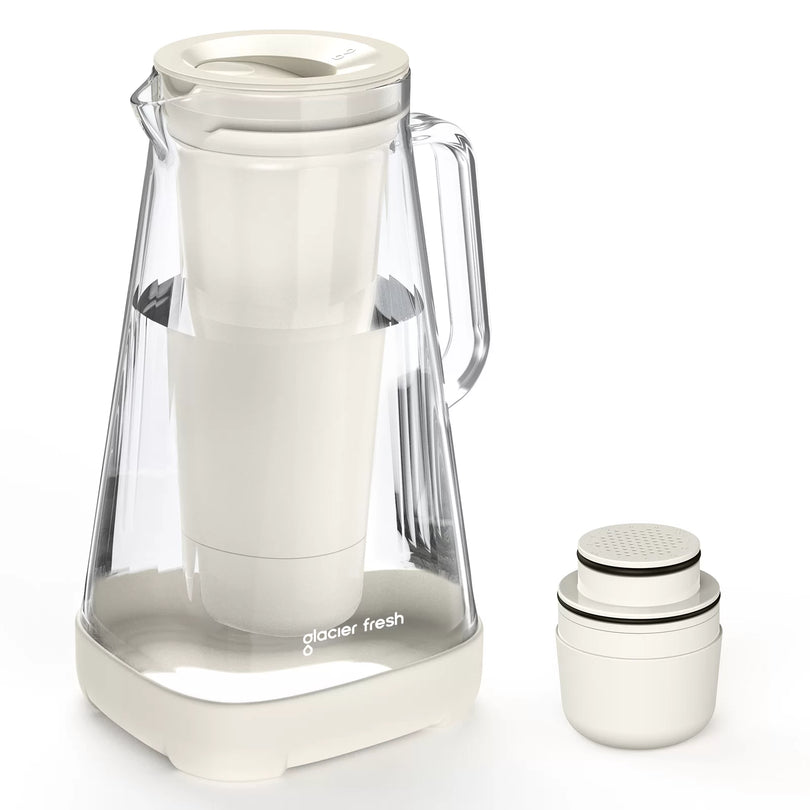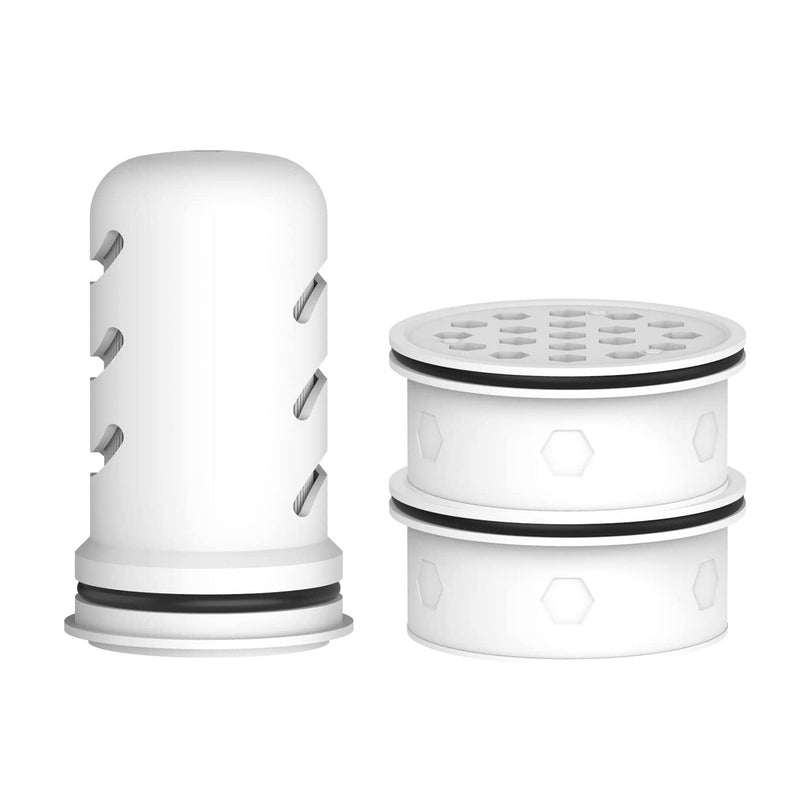Table of Contents:
Was ist Umkehrosmosefiltration?
Wie funktioniert ein RO-Filtersystem?
Vorteile der Umkehrosmose-Wasserfiltration
Arten von Umkehrosmose-Filtersystemen
Überlegungen zur Auswahl des richtigen RO-Systems
Häufige Bedenken und Probleme bei der RO-Filtration
FAQs
Abschluss
Bei der Umkehrosmose-Wasserfiltration wird eine spezielle Membran verwendet, die unter Druck Wasser von Verunreinigungen trennt. Diese Membran lässt nur Wassermoleküle durch und entfernt so effektiv Verunreinigungen. Schadstoffe werden effizient entfernt, indem das Wasser mit einem höheren Druck als dem osmotischen Druck durch die Membran gedrückt wird. Wenn Sie neugierig sind, wie dieser Reinigungsprozess Ihr Trinkwasser revolutioniert, erfahren Sie mehr über die Wunder der Umkehrosmosefiltration.
Was ist Umkehrosmosefiltration?
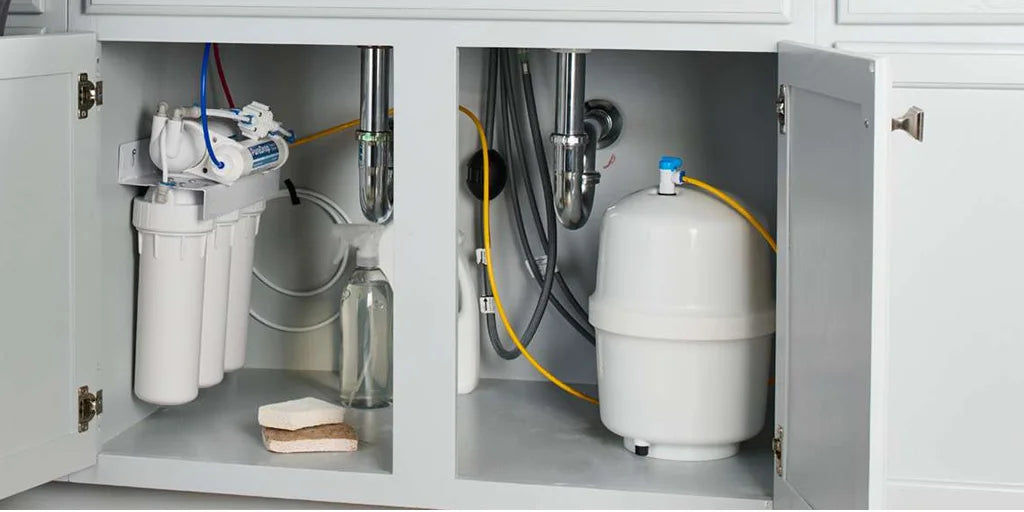
Die Umkehrosmosefiltration entfernt Verunreinigungen, indem sie Wasser durch eine semipermeable Membran presst. Das Verständnis von Membranen ist bei diesem Prozess entscheidend. Diese Membranen haben winzige Poren, die Wassermoleküle passieren lassen, während Verunreinigungen wie Salz, Chemikalien und andere Schadstoffe zurückgehalten werden. Der Druck spielt bei der Umkehrosmosefiltration eine wichtige Rolle. Der Druck hilft, das Wasser durch die Membran zu drücken und Verunreinigungen zurückzuhalten. Ausreichender Druck gewährleistet eine effiziente Filtration und die Produktion von sauberem Wasser.
Darüber hinaus sind die Anforderungen an die Wasserqualität entscheidend für die Wirksamkeit der Umkehrosmosefiltration. Das Wasser muss bestimmte Standards erfüllen, um die einwandfreie Funktion der Membran und die Produktion von hochwertigem Filterwasser zu gewährleisten. Verunreinigungen im Wasser können die Lebensdauer und Gesamtleistung der Membran beeinträchtigen. Daher ist die Einhaltung bestimmter Wasserqualitätsparameter für den Erfolg der Umkehrosmosefiltration entscheidend. Das Verständnis von Membranen, Druckanforderungen und Wasserqualitätsstandards ist entscheidend für die Effizienz und Zuverlässigkeit von Umkehrosmose-Wasserfiltrationssystemen.
Wie funktioniert ein RO-Filtersystem?

Um die Funktionsweise eines Umkehrosmose-Filtersystems zu verstehen, stellen Sie sich einen Hochdruckprozess vor, der Verunreinigungen vom Wasser trennt. Das System nutzt die Membrantrennung, eine Schlüsseltechnik der Wasseraufbereitung. Hier ist eine vereinfachte Darstellung der Funktionsweise eines Umkehrosmose-Filtersystems:
- Druckbetriebener Prozess : Das RO-System nutzt Druck, um Wasser durch eine halbdurchlässige Membran zu treiben, die nur Wassermoleküle passieren lässt und Verunreinigungen blockiert.
- Filtrationsmechanismus : Wenn das Wasser durch die Membran gedrückt wird, werden Verunreinigungen wie Chemikalien, Mineralien und Mikroorganismen zurückgehalten, sodass gereinigtes Wasser zum Verzehr übrig bleibt.
- Osmotischer Druck : Durch die Anwendung eines Drucks, der höher ist als der osmotische Druck, überwindet das System die natürliche Tendenz des Wassers, von einer weniger konzentrierten Lösung in eine konzentriertere zu fließen.
- Entfernung von Verunreinigungen : Durch diesen Prozess entfernt das RO-Filtersystem effektiv eine Vielzahl von Verunreinigungen und stellt sicher, dass das produzierte Wasser sauber, sicher und für verschiedene Anwendungen geeignet ist.
Vorteile der Umkehrosmose-Wasserfiltration

Die Umkehrosmose-Wasserfiltration sorgt nicht nur für sauberes Trinkwasser durch die Beseitigung von Verunreinigungen, sondern bietet auch zahlreiche Vorteile für die Wasserqualität und -sicherheit. Hier sind einige wichtige Vorteile einer Umkehrosmoseanlage:
- Kosteneinsparungen: Die Investition in ein Umkehrosmose-Wasserfiltersystem kann zu langfristigen Kosteneinsparungen führen, da der Bedarf an Flaschenwasser oder teuren Wasseraufbereitungslösungen reduziert wird. Es bietet eine kostengünstige Möglichkeit, Ihr Zuhause ständig mit sauberem, gereinigtem Wasser zu versorgen.
- Gesundheitsvorteile: Die Umkehrosmose-Wasserfilterung entfernt Verunreinigungen wie Blei , Chlor , Bakterien und Viren und stellt sicher, dass Sie und Ihre Familie Zugang zu sicherem und gesundem Trinkwasser haben. Sie kann auch zu einer verbesserten allgemeinen Gesundheit und einem besseren Wohlbefinden beitragen.
- Umweltauswirkungen: Die Umkehrosmose trägt dazu bei, den Verbrauch umweltschädlicher Einweg-Plastikflaschen zu reduzieren. Die Wahl einer nachhaltigen Wasserfiltermethode kann Plastikmüll reduzieren und die Umweltfreundlichkeit fördern.
- Verbesserter Geschmack und Geruch: Umkehrosmoseanlagen verbessern Geschmack, Geruch und Gesamtqualität Ihres Trinkwassers, indem sie geschmacksbeeinträchtigende Verunreinigungen entfernen. Sauberes, frisch schmeckendes Wasser aus dem Wasserhahn kann Ihr Trinkerlebnis verbessern.
Arten von Umkehrosmose-Filtersystemen
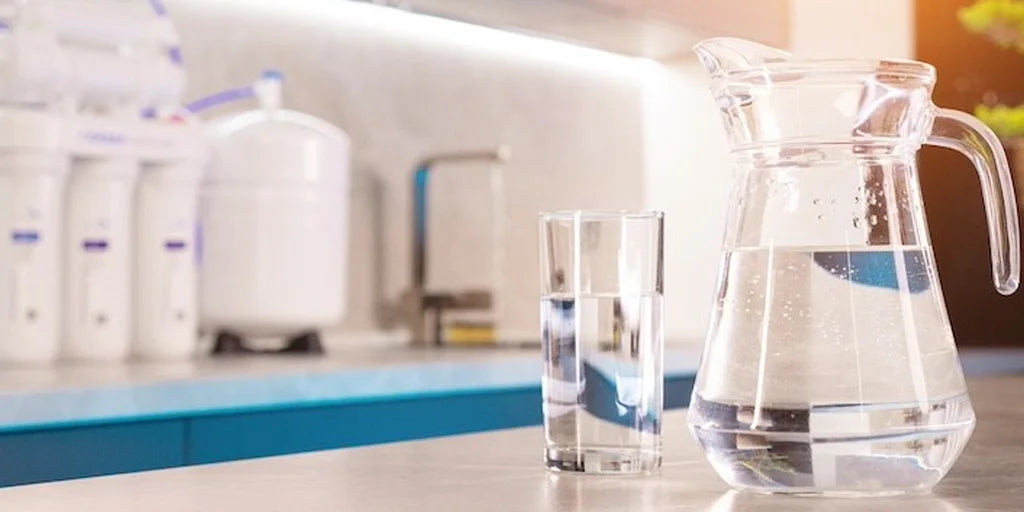
Aufgrund der vielfältigen Bedürfnisse der Verbraucher gibt es Umkehrosmose-Filtersysteme in verschiedenen Ausführungen, um den spezifischen Anforderungen der Wasseraufbereitung gerecht zu werden. Die Systeme unterscheiden sich in Wartungsaufwand, Leistungsvergleich und Installationsprozess. Nachfolgend finden Sie eine Tabelle mit einigen gängigen Umkehrosmose-Filtersystemen:

Jeder Typ verfügt über einzigartige Eigenschaften. Daher ist es wichtig, dass Sie Ihre spezifischen Anforderungen berücksichtigen, wenn Sie das am besten geeignete Umkehrosmose-Filtersystem für Ihr Zuhause oder Ihr Unternehmen auswählen.
Überlegungen zur Auswahl des richtigen RO-Systems
Bei der Auswahl des idealen RO-Systems, wie z. B. dem Untertisch-RO-Wasserfiltersystem , sollten Sie Ihre spezifischen Wasserreinigungsanforderungen priorisieren, um optimale Ergebnisse zu erzielen. Hier sind vier wichtige Punkte, die Sie beachten sollten:
- Wartungstipps : Berücksichtigen Sie die Wartungsanforderungen jedes RO-Systems, das Sie bewerten. Bei manchen Systemen sind für einen effizienten Betrieb möglicherweise häufigere Filterwechsel oder Reinigungen erforderlich.
- Kostenvergleich : Vergleichen Sie die Anschaffungskosten der Umkehrosmoseanlage mit den langfristigen Kosten. Zu den Anschaffungskosten und den laufenden Wartungskosten zählen unter anderem Filterwechsel und Energieverbrauch.
- Installationsprozess : Bewerten Sie den Installationsaufwand verschiedener RO-Systeme. Einige erfordern möglicherweise eine professionelle Installation, während andere für eine einfache Selbstinstallation konzipiert sind. Wählen Sie ein System, das Ihren technischen Fähigkeiten und Ihrem Komfortniveau entspricht.
- Wasserqualität : Bewerten Sie die Qualität des von jedem RO-System produzierten Wassers. Achten Sie auf Zertifizierungen und Kundenbewertungen, um sicherzustellen, dass das System Verunreinigungen effektiv entfernt und Ihrem Haushalt sauberes, wohlschmeckendes Wasser liefert.
Häufige Bedenken und Probleme bei der RO-Filtration
Die effiziente Lösung häufiger Probleme und Probleme bei der RO-Filtration ist entscheidend für optimale Leistung und Wasserqualität. Beachten Sie bei der Wartung Ihres RO-Systems die folgenden wichtigen Tipps:
- Regelmäßige Wartung: Achten Sie auf den regelmäßigen Filterwechsel und die Systemdesinfektion, um Verstopfungen und Bakterienwachstum zu vermeiden.
- Überwachung von Effizienzproblemen: Behalten Sie den Wasserdruck und die Produktionsrate im Auge, um Leistungseinbußen umgehend entgegenzuwirken.
In Bezug auf gesundheitliche Auswirkungen und Geschmacksvorlieben:
- Gesundheitsaspekte: Achten Sie auf den Mineralverlust während der Filterung und ziehen Sie Remineralisierungsoptionen für einen ausgewogenen Wasserkonsum in Betracht.
- Geschmacksvorlieben: Manche Menschen empfinden RO-Wasser aufgrund der entfernten Mineralien als geschmacklos. Erwägen Sie, den Geschmack mit Fruchtaufgüssen oder einem Aktivkohle-Nachfilter zu verbessern.
Unter Berücksichtigung der Umweltauswirkungen und der Kostenanalyse:
- Umweltverantwortung: Entsorgen Sie Filterkartuschen verantwortungsvoll, um die Umweltbelastung zu minimieren.
- Kosteneffizienz: Gleichen Sie die anfängliche Investition mit langfristigen Einsparungen bei Flaschenwasser und möglichen Sanitärreparaturen aus.
FAQs
Gibt es potenzielle Gesundheitsrisiken im Zusammenhang mit dem Trinken von Umkehrosmosewasser?
Das Trinken von Umkehrosmosewasser kann aufgrund der hohen Wasserreinheit gesundheitliche Vorteile bieten. Mögliche Risiken sind jedoch eine reduzierte Mineralstoffaufnahme. Es ist wichtig, diese Faktoren zu berücksichtigen und einen Arzt zu konsultieren, um eine ausgewogene Flüssigkeitszufuhr sicherzustellen.
Kann die Umkehrosmose alle Verunreinigungen aus dem Wasser entfernen oder gibt es einige, die sie möglicherweise nicht herausfiltern kann?
Die Umkehrosmose kann viele Schadstoffe entfernen, hat aber ihre Grenzen. Ihre Wirksamkeit hängt von der Art der Schadstoffe ab und erfüllt möglicherweise nicht alle Wasserqualitätsstandards. Erwägen Sie für spezielle Anforderungen zusätzliche Filtermethoden.
Abschluss
Jetzt wissen Sie, wie die Umkehrosmose-Wasserfiltration funktioniert! Durch die effektive Entfernung von Schadstoffen und Verunreinigungen sorgen RO-Systeme für sauberes und sicheres Trinkwasser für Ihren Haushalt. Berücksichtigen Sie die Vorteile, Typen und Faktoren bei der Auswahl des richtigen RO-Systems. Beachten Sie häufige Bedenken und Probleme, aber seien Sie versichert: Mit der richtigen Wartung und Pflege genießen Sie die Vorteile von sauberem und reinem Wasser mit der Umkehrosmose-Filtration. Folgen Sie Glacier Fresh , um weitere Wasserfiltrationslösungen zu entdecken.

